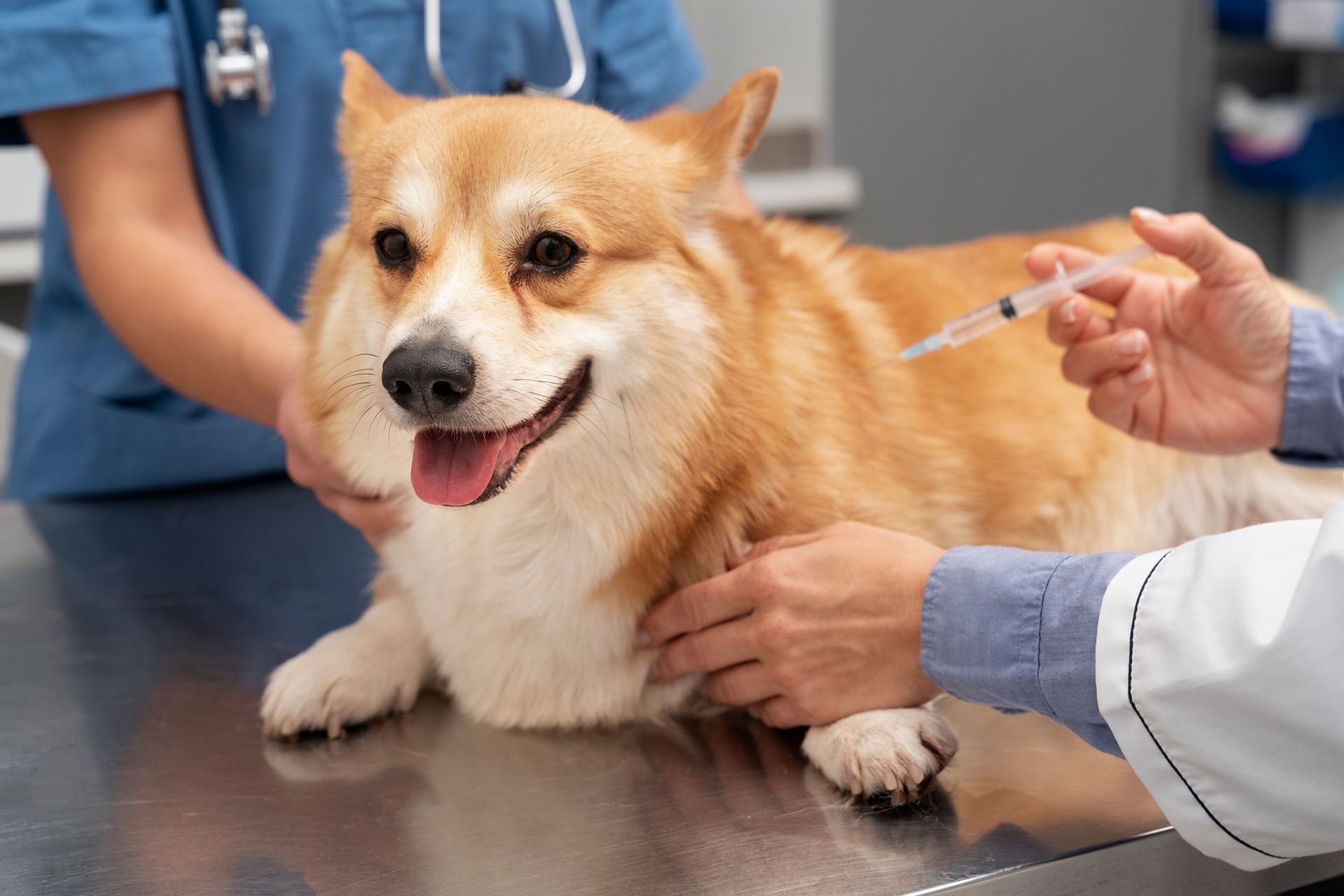Get In Touch
Call: (587) 356-0911
Email: info@auburnbayvet.com
Business Hours
- Mon - Fri
- -
- Saturday
- -
- Sunday
- Closed
We are delighted to introduce Dr. Priyanka Mangat to our team! Learn more about her here
Auburn Bay Veterinary Clinic's Approach to Pain Management in Pets
Pain can affect any being, and pets are no exception. Pain is often more difficult to recognize in animals as they can't verbally express their discomfort. As pet owners, it's vital to be attuned to your pet's behavior and take note of any changes that might signal pain. Auburn Bay Veterinary Clinic is committed to ensuring your pets live pain-free, healthy lives. Let's explore our approach to pain management.
Understanding Animal Pain
Just like humans, pets can experience two types of pain: acute and chronic. Acute pain is typically sudden, resulting from injury or surgery. In contrast, chronic pain, such as arthritis, is prolonged, usually persisting for more than a few months. Identifying pain in pets can be challenging, especially chronic pain, as pets instinctively hide their pain as a survival mechanism.
Signs Your Pet May Be in Pain
Despite this instinctive behavior of pets, there are several signs pet owners can watch for:
- Changes in behavior: This could include decreased activity, increased aggression, or unusual fearfulness.
- Changes in appetite: Pets in pain may eat less, resulting in unexplained weight loss.
- Excessive grooming: Particularly in cats, excessive grooming or licking a specific area could indicate discomfort.
Our Comprehensive Pain Assessment
At Auburn Bay Veterinary Clinic, our team of skilled veterinarians conducts a comprehensive pain assessment. This involves taking a detailed history, performing a thorough physical examination, and potentially incorporating diagnostic tests. This assessment helps us to identify and grade the level of pain, enabling us to develop a personalized pain management plan.
Our Multi-Modal Approach to Pain Management
Every pet is unique, so their pain management plan should be too. We use a multi-modal approach, combining various treatments to achieve the best results. This can include:
- Medications: This could be oral analgesics, topical creams, or injectable pain medications.
- Physical therapy: Exercise programs can benefit pets, especially those suffering from chronic musculoskeletal pain.
- Complementary therapies: Acupuncture, chiropractic treatments, and laser therapy can be beneficial.
Monitoring and Adapting the Pain Management Plan
Effective pain management requires regular reassessments. We carefully monitor your pet's response to the treatment regime, allowing for adjustments as necessary. For example, the dosage of medication can be modified, or additional therapies can be introduced.
Your Role as a Pet Owner
You, as a pet owner, play a crucial role in your pet's pain management. We encourage you to observe your pet closely and report any changes. Understanding the doses and schedules of medications is equally important.
At Auburn Bay Veterinary Clinic, we believe in compassionate care that ensures your pet's comfort and enhances their quality of life. Our approach to pain management in pets emphasizes thorough assessment, personalized treatment, and vigilant follow-up. We're here to support you and your pet every step of the way.
Are you concerned that your pet might be in pain? Schedule a consultation with us today. Let’s work together to ensure your pet leads a comfortable and enjoyable life. Visit our website or call our clinic to book an appointment.
Auburn Bay Veterinary Clinic
Address
Phone
Business Hours
- Mon - Fri
- -
- Saturday
- -
- Sunday
- Closed











